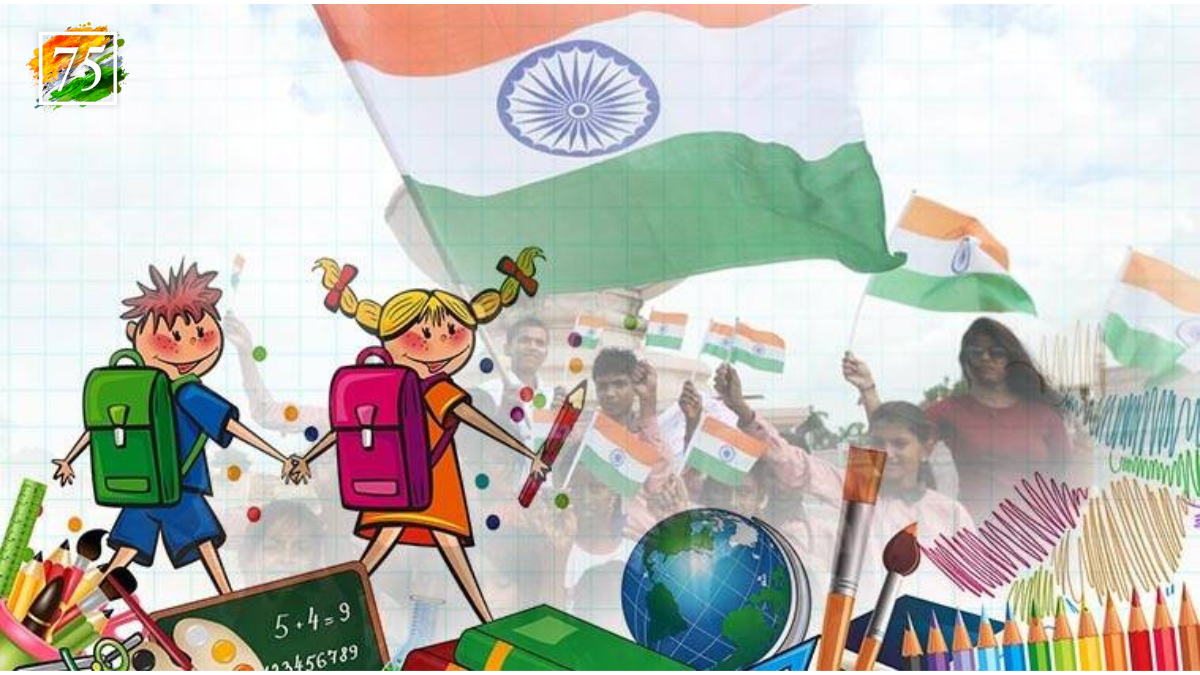15 Aug , 2022 By : Monika Singh

The education system in India dates back to the Gurukul system which antecedes 5,000 BC in India. A school where both teachers and students live is alluded to as a Gurukul. In Gurukuls, learning was not relegated to memorisation because pupils were also taught moral principles, pragmatic life skills, and a diversity of other topics.
The contemporary period of schooling
In the 1830s, Lord Thomas Babington Macaulay established the modern education system, which taught English. Teaching apparently happened only in classrooms at the time, and the syllabus centered around a contemporary subjects notably science and mathematics.
The Uttar Pradesh Board of High School and Intermediate Education was established in India as the country’s first board in 1921. The Rajputana Board of High School and Intermediate Education was established in 1929, and other boards in various states followed soon. In 1952, the Board’s charter was amended, and its name was altered to Central Board of Secondary Education (CBSE). For all of its affiliated schools, the CBSE is tasked with making decisions about curriculum content, textbooks, and examination systems.
The Indian education system
According to the Indian Constitution, school education was initially a state concern, which meant that states had complete autonomy to decide on policies and their enforcement. The Government of India (GoI) had a minimal contribution to make in terms of decisions and implementation related to education. This was altered in 1976 with a constitutional amendment that included education in the so-called concurrent list, where the GoI proposes school education policies and programmes. The policies are announced on a regular basis, and state governments were allowed to implement them.
Since independence and even before that, several organisations have worked to design and execute educational strategies, curricula, evaluation methods and pedagogical schemes. The Central Advisory Board of Education (CABE), founded in 1935, continues to play a significant role in the creation and supervision of educational policies and programs. The National Council for Educational Research and Training (NCERT), formed in 1961, sets the National Curriculum Framework, whereas each state operates its own State Council for Educational Research and Training (SCERT), which complies with NCERT guidelines.
The present story of education
Until July 2020, the Indian school education system was based on the 10 2 system, which gave a Secondary School Certificate (SSC) after passing grade 10, and a Higher Secondary Certificate (HSC) after completing grade 12. However, the current school education structure has been replaced with a 5 3 3 4 system in which the stages are subdivided based on a child’s cognitive development stages, according to the new National Education Policy (NEP).
In 2020, the entire world was hit by the Covid-19 pandemic and the education system was pushed to online learning. With schools closed, teachers and students had to interact and learn using laptops and gadgets through video conferencing applications such as Zoom, Microsoft teams, and Google meet. With the advent of online learning, the ed-tech sector came into the spotlight and became a household name. From K-12 to higher education to upskilling and skill-based training, ed-techs began to cater students as well professionals.
As we are all set to celebrate ‘Azadi ka Amrit Mahotsav -75 years of Independence’, it will be interesting to see the way ahead for the education system in India. Education is no more restricted to physical classrooms and age, now anyone can learn anything at any stage of their lives. With NEP focussed on skill based learning and flexibility to learn, the focus to pursue education now seems to be led by interest and passion.
0 Comment